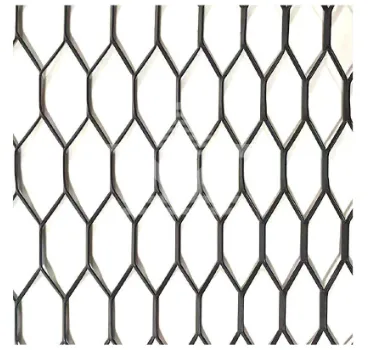Acoustic Noise Barriers A Comprehensive Insight
In an increasingly urbanized world, noise pollution has emerged as a significant environmental concern. The cacophony of traffic, construction, and industrial activities not only disrupts the tranquility of residential areas but also poses health risks, including stress-related disorders and hearing loss. To mitigate these effects, one effective solution is the installation of acoustic noise barriers, which are engineered structures designed to block or reduce the propagation of sound.
Acoustic noise barriers are commonly deployed alongside highways, railways, and in industrial zones to shield sensitive areas, such as homes, schools, and parks, from excessive noise levels. These barriers can be made from various materials, including concrete, wood, metal, and specialized sound-absorbing materials. The choice of material significantly impacts their efficacy, durability, and aesthetic appeal.
The fundamental principle behind noise barriers is relatively straightforward they obstruct sound waves, forcing them to bend around the barrier or reflect off its surface. The effectiveness of a noise barrier largely depends on its height, length, thickness, and the frequency of the noise being addressed. Ideally, a barrier should be tall enough to block line-of-sight to the noise source, as sound waves tend to travel in straight lines. A common guideline is that the barrier should be at least as high as the source of the noise to achieve optimal attenuation.
Moreover, the design of these barriers can also incorporate sound-absorbing materials, which help to reduce echo and reverberation, particularly in areas where noise levels fluctuate. Additionally, barriers can be customized to blend with the natural landscape or surrounding architecture, enhancing aesthetic considerations alongside their functional purpose.
acoustic noise barriers

Acoustic noise barriers not only help in reducing noise but can also contribute to environmental sustainability. Many modern barriers are designed with the dual purpose of noise reduction and habitat enhancement. For instance, green noise barriers—covered with vegetation—can improve air quality, provide habitats for wildlife, and contribute to stormwater management by absorbing rainwater.
In recent years, technology has advanced the development of more innovative noise reduction solutions. For example, sound-insulating materials have been developed that can more effectively absorb specific frequencies of noise, making them particularly advantageous in urban settings where high-frequency sounds from vehicles may dominate. Furthermore, smart barriers equipped with sensors can monitor noise levels in real-time, allowing for adaptive management strategies that can be implemented to address peaking noise at specific times.
Despite their benefits, the installation of acoustic noise barriers can also face challenges. Community opposition may arise due to concerns about visual impact, property values, and accessibility. Therefore, engaging local communities in the planning process and providing them with accurate information regarding the benefits of noise barriers is crucial.
In conclusion, acoustic noise barriers stand as a practical solution to combat noise pollution in urban environments. With their ability to significantly reduce sound levels and improve the quality of life for residents, they offer an effective means of creating peaceful, livable cities. As technology continues to evolve, these barriers will likely become more efficient, aesthetically pleasing, and environmentally friendly, meeting the diverse needs of urban populations. As we move forward, the integration of community input and environmental considerations will be essential to maximize the benefits of acoustic noise barriers and foster sustainable urban development.
-
Why Galvanized Trench Cover Steel Grating Resists Corrosion
NewsJul.10,2025
-
The Versatility and Strength of Stainless Expanded Metal Mesh
NewsJul.10,2025
-
Load Calculations in Steel Grating Platforms
NewsJul.10,2025
-
Keeping Pets and Kids Safe with Chicken Wire Deck Railing
NewsJul.10,2025
-
Hole Diameter and Pitch for Round Perforated Metal Sheets
NewsJul.10,2025
-
Aluminium Diamond Mesh in Modern Architecture
NewsJul.10,2025
Subscribe now!
Stay up to date with the latest on Fry Steeland industry news.

